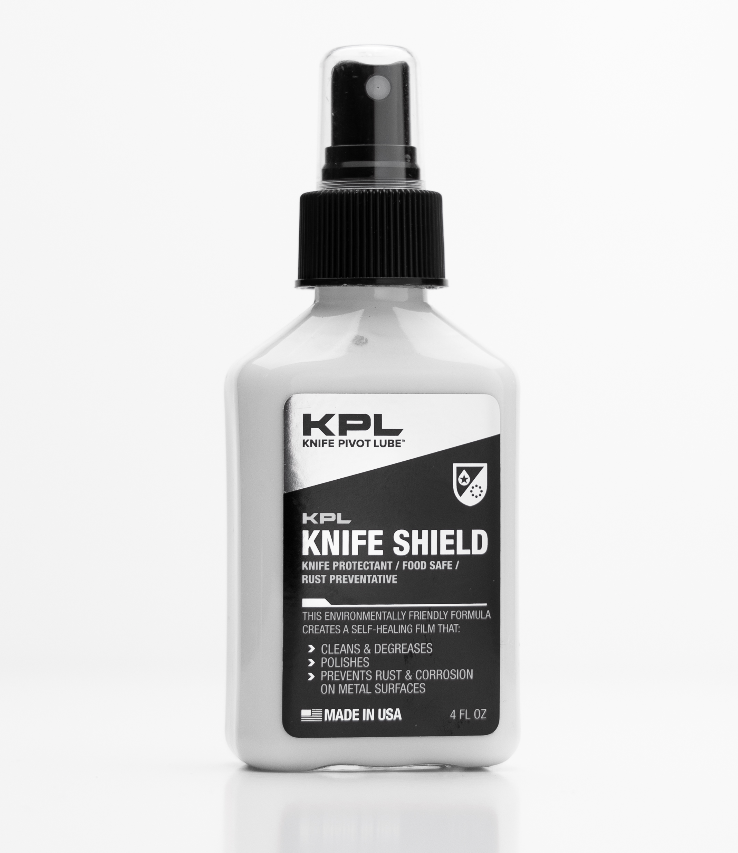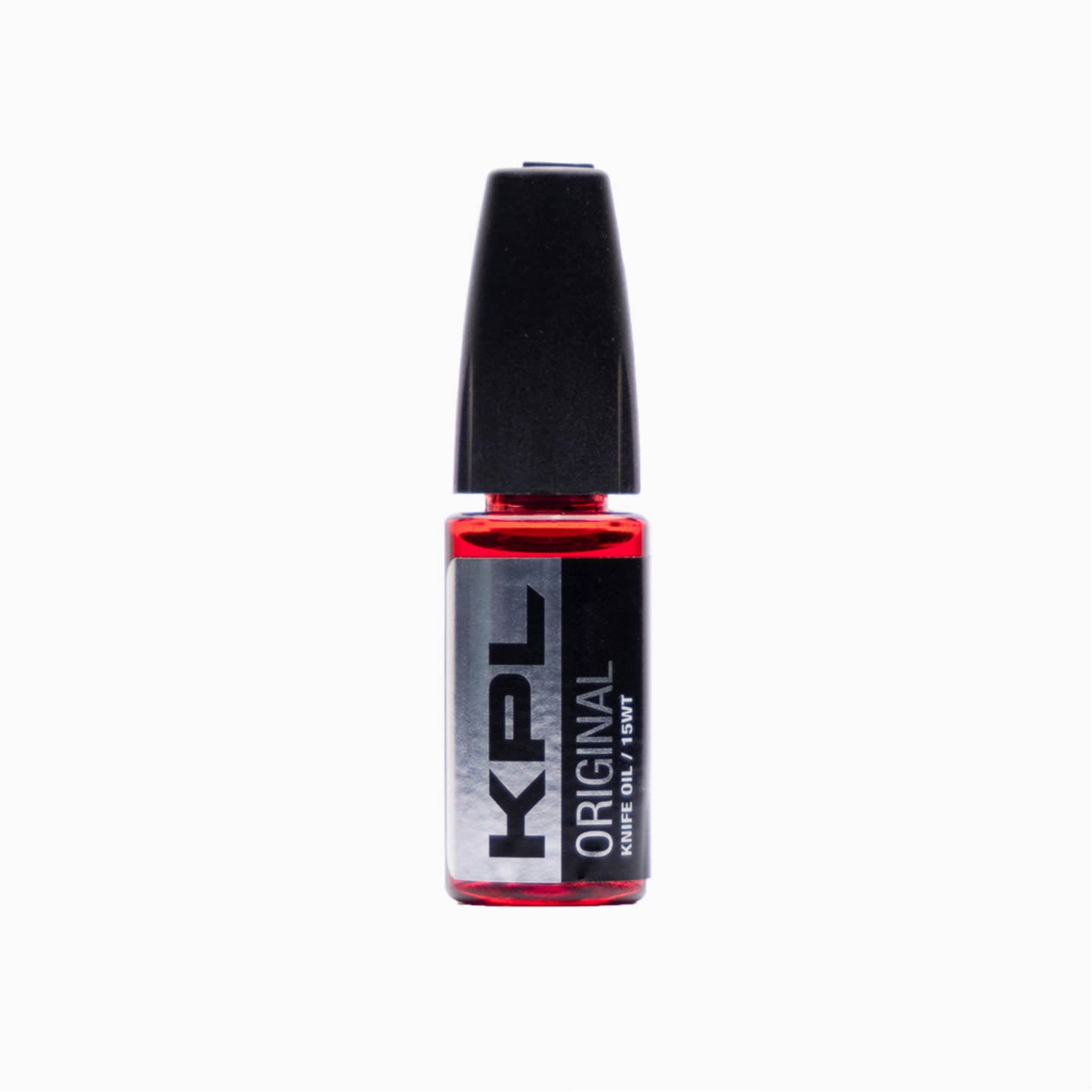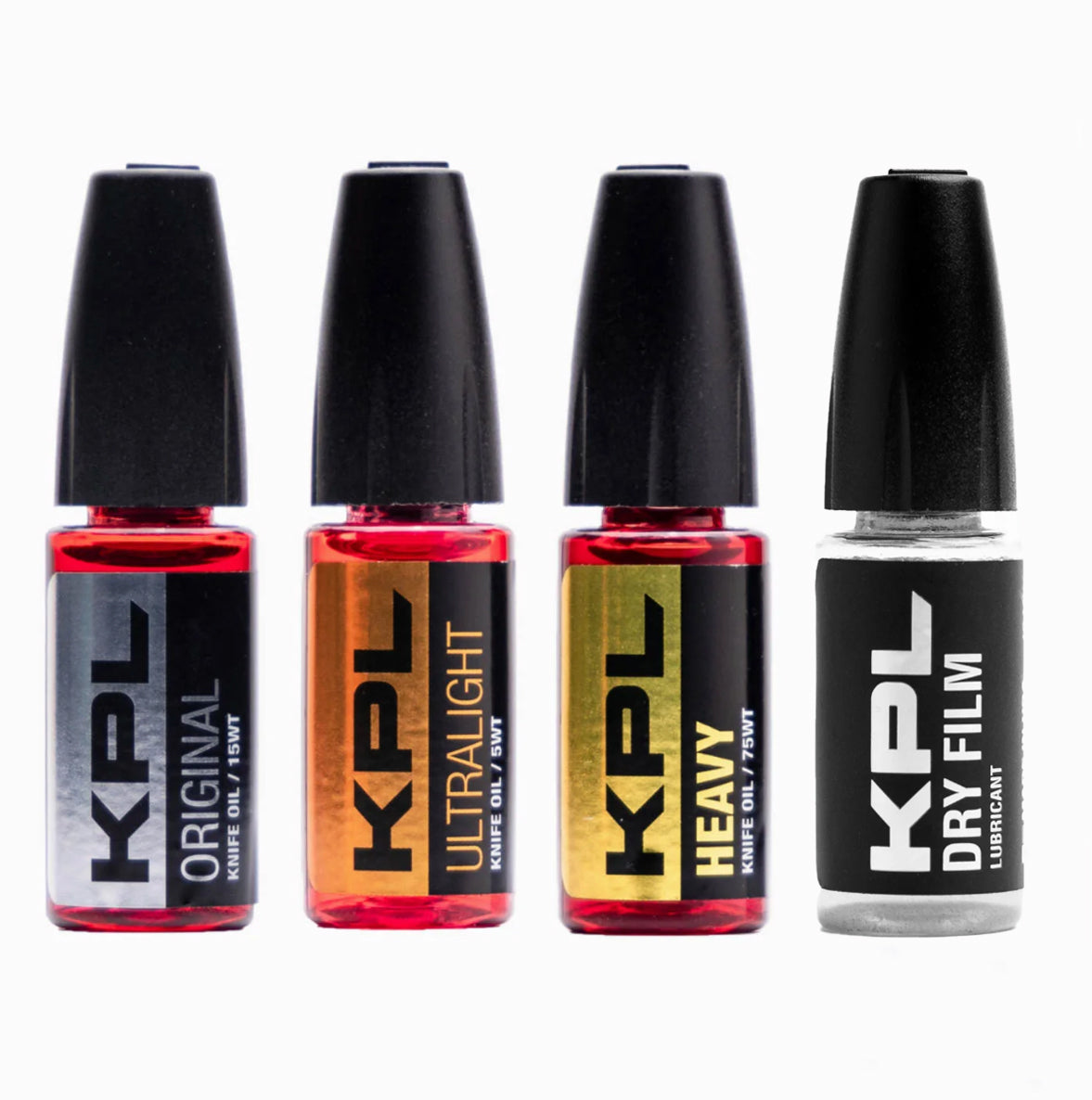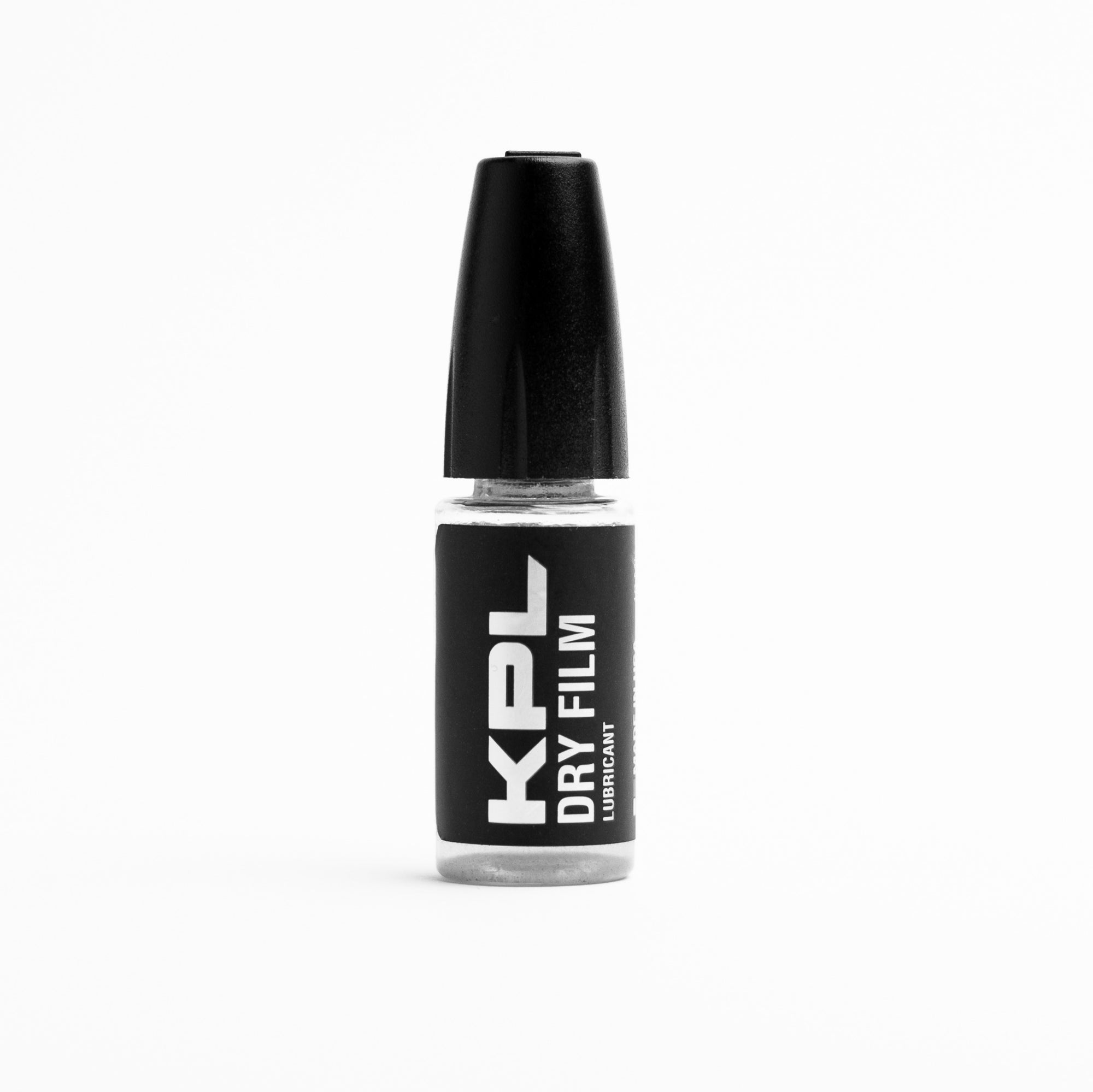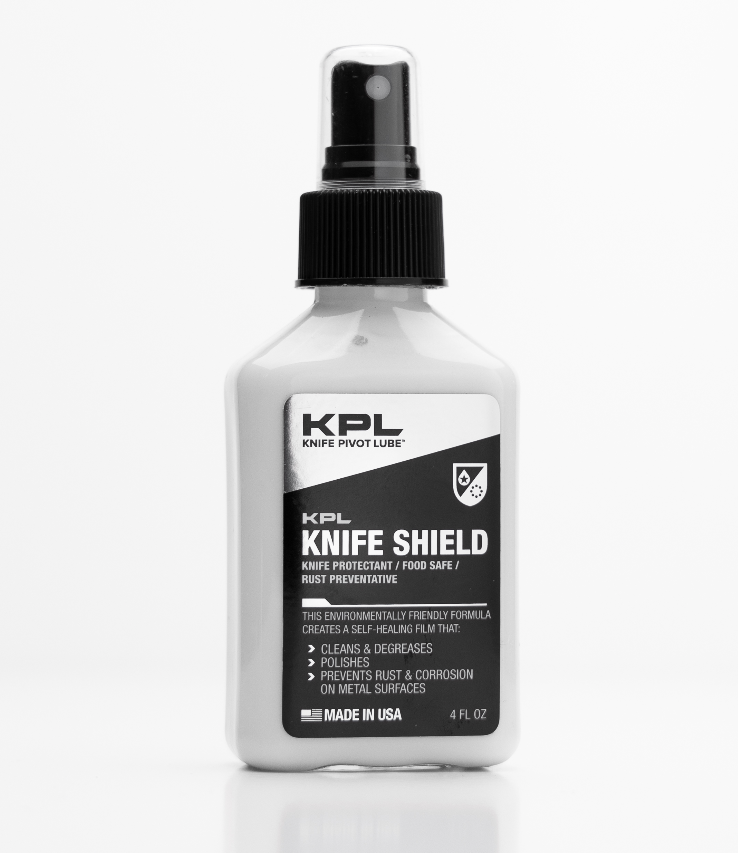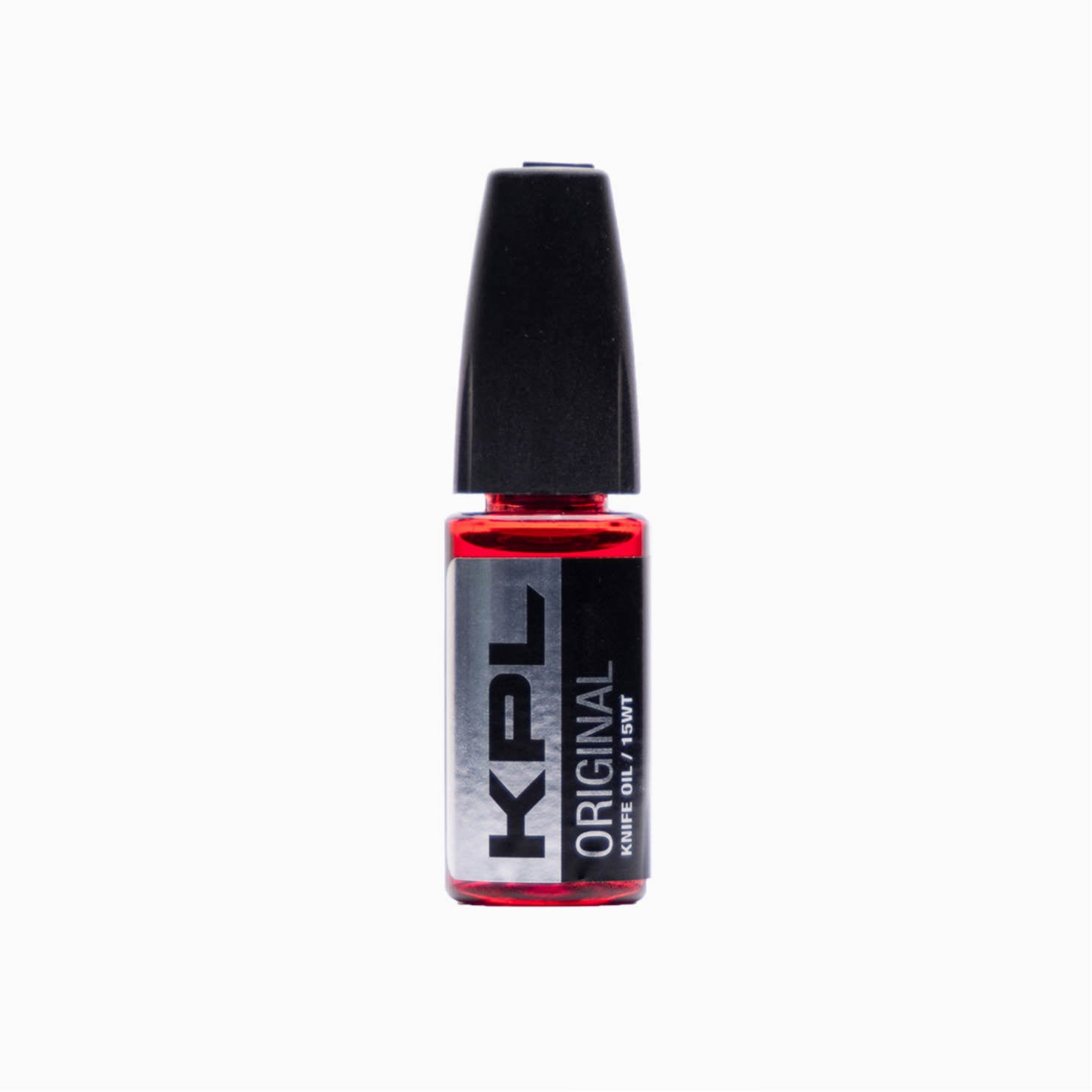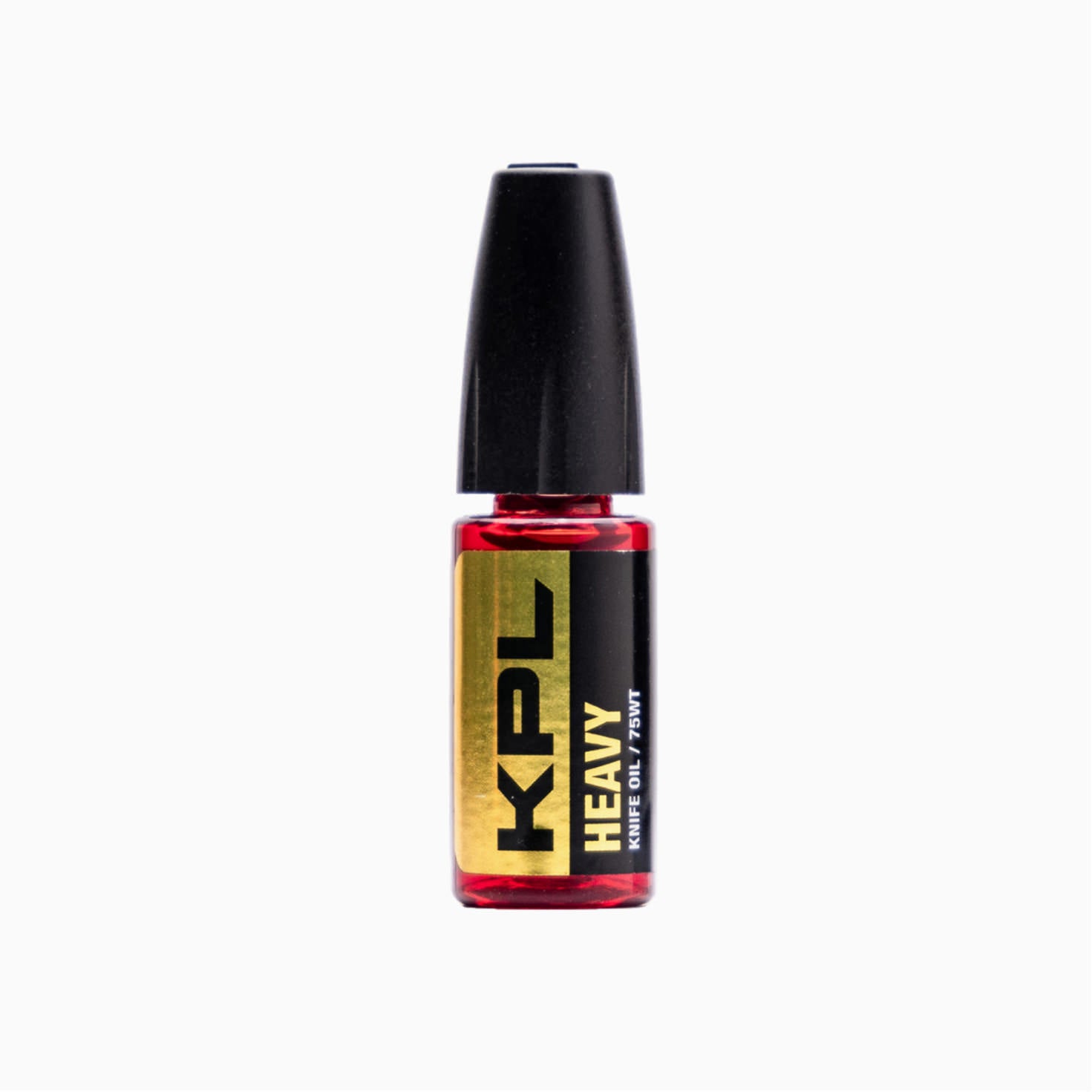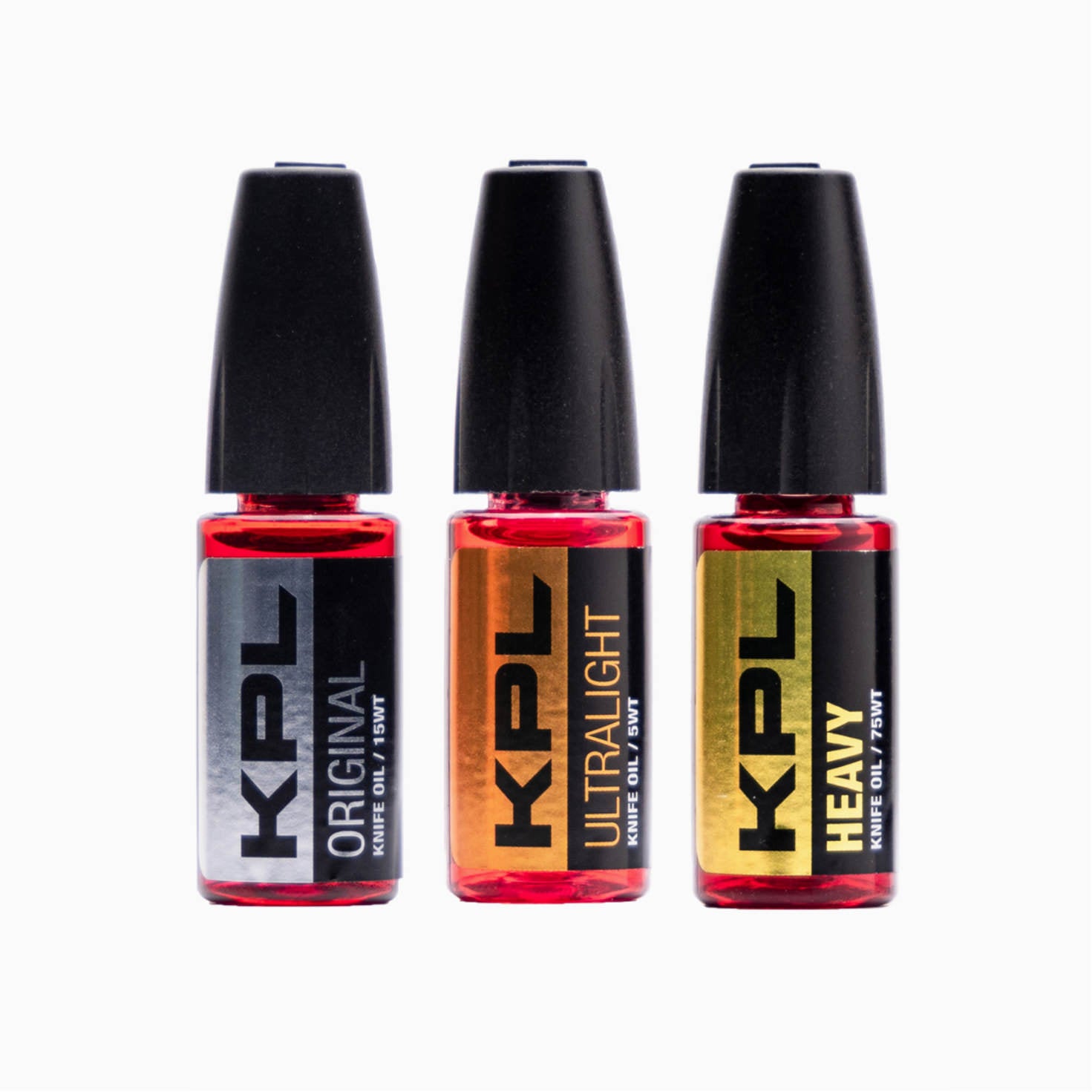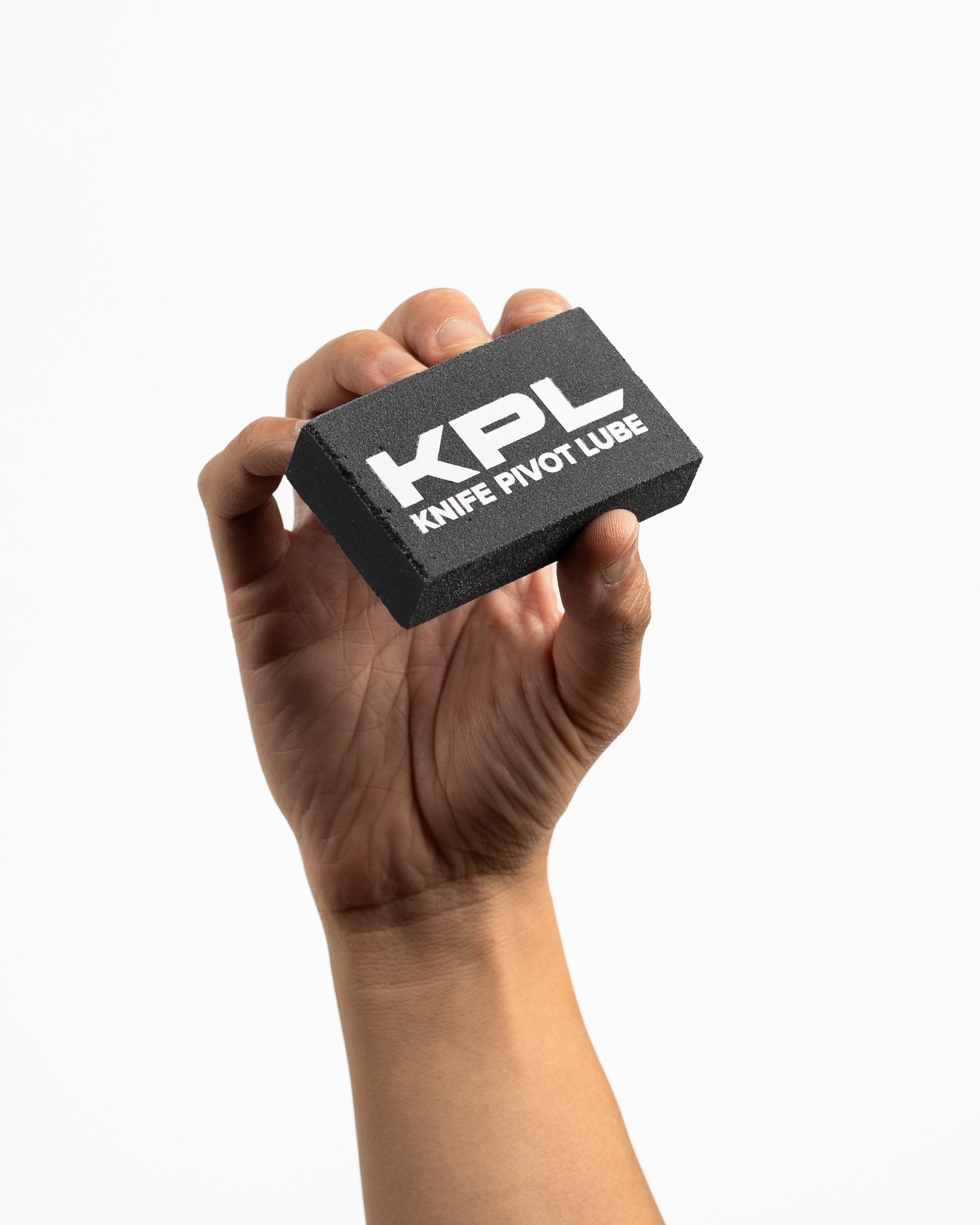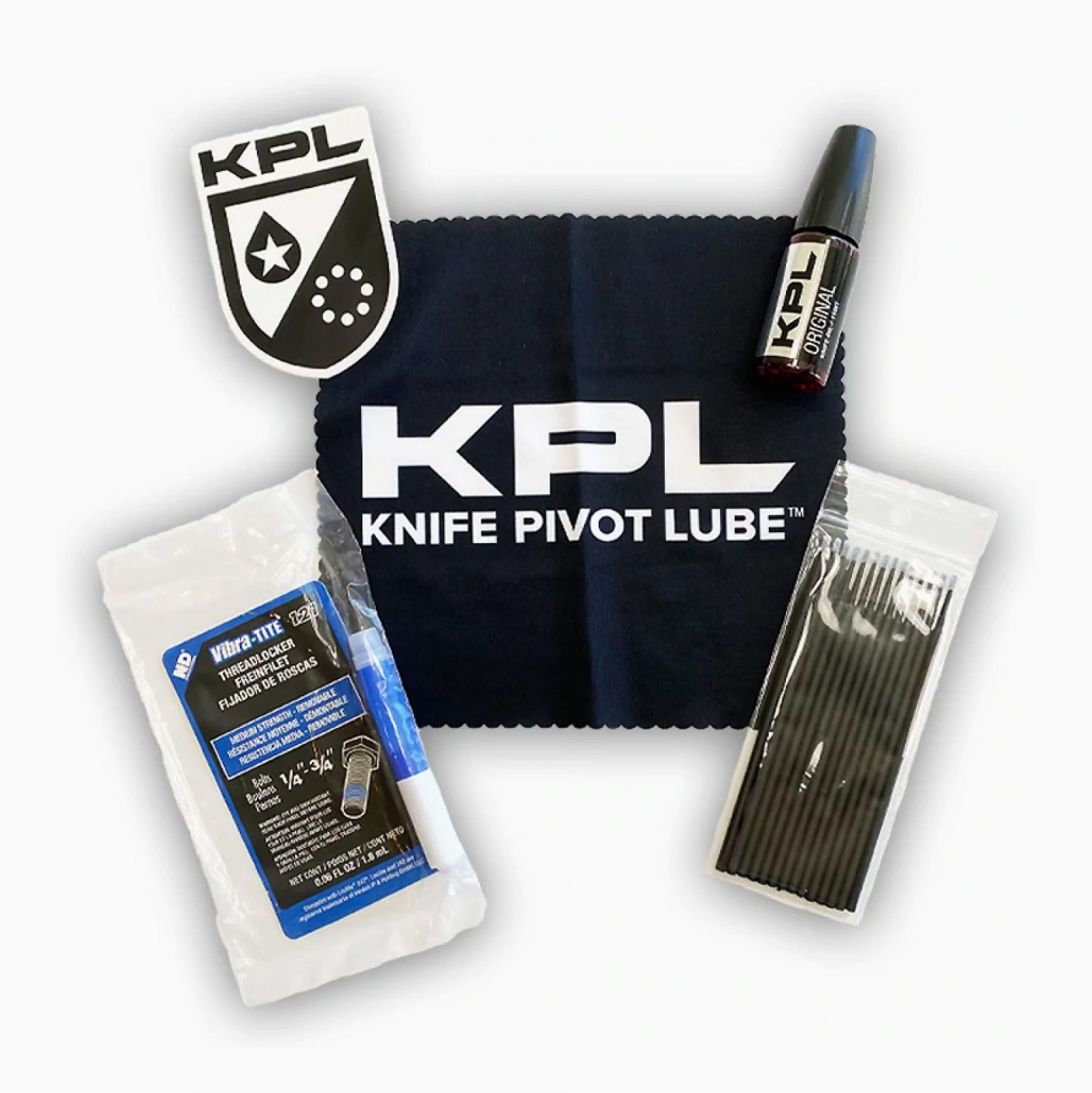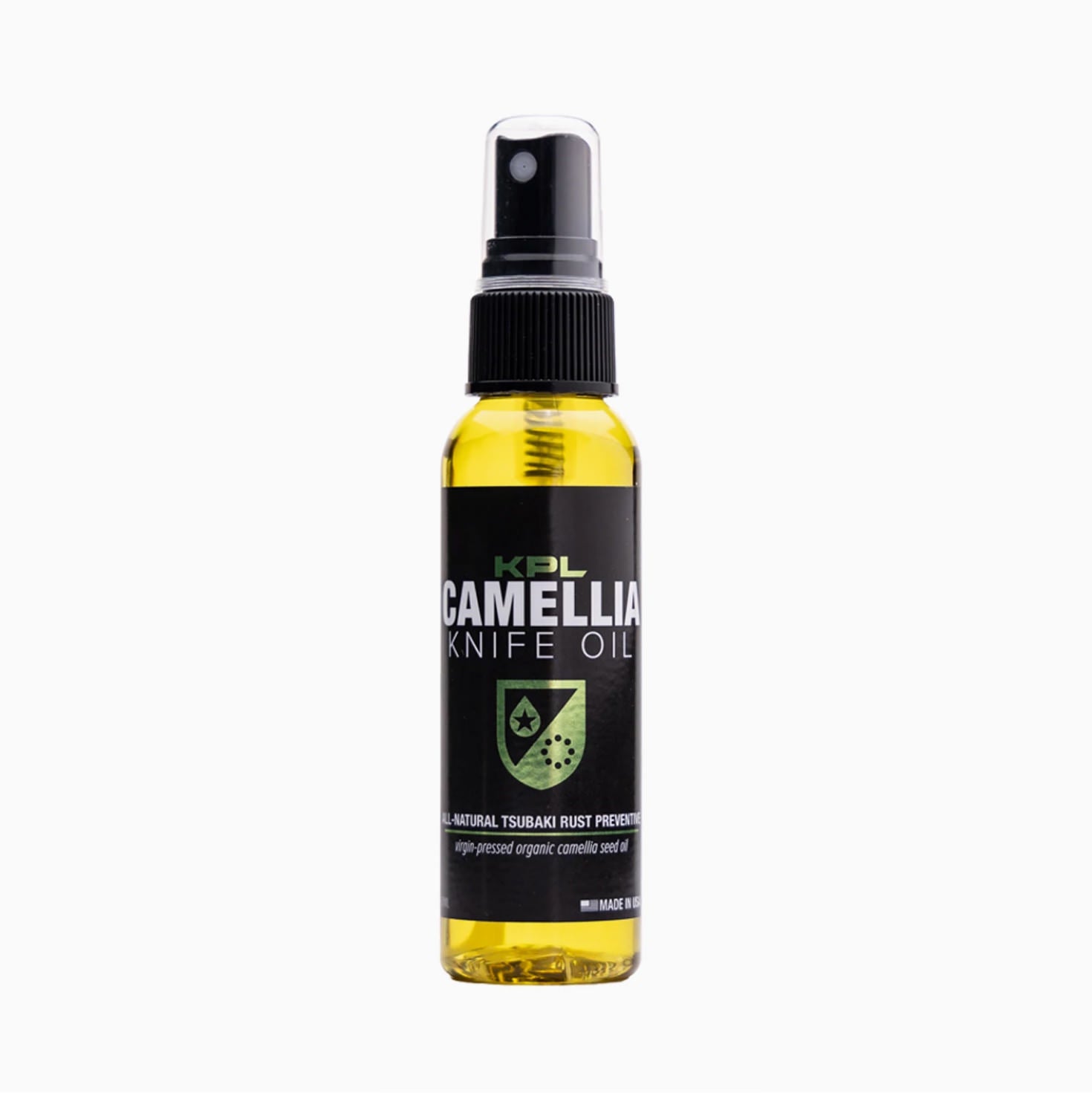One of the most tedious parts about knife care and knife maintenance is having to deal with stripped screws. Maintaining pocket knives already comes with the frustration of working with tiny parts, finicky tolerances, and time consuming processes. Stripped screws are often the icing on the anger cake.
One of the particularly annoying things about stripped screws is that more often than not, it’s an avoidable problem. To make life just a little bit easier and less maddening, let’s take a look at stripped screws: what are stripped screws, what causes them to strip, how can you avoid stripping them, and most importantly, how can you get them out if they are stripped?
Please note that this article is targeted towards solutions for stripping the small screws you’ll find in pocket knives. Most articles you may come across on this topic are catered towards larger and often Phillips-head screws and for use in very different contexts.
There are several methods for removing stripped screws that won’t work or are extremely impractical for implementing on knives, such as using pliers or spot-welding a nut to the head of the stripped screw. The techniques and methods outlined in this article take overall knife anatomy and maintenance into account, but will also work just as well in other contexts.
What Are Stripped Screws?
If you’ve never dealt with stripped screws before (bless you) then you might be wondering what a stripped screw is, or why it’s a problem.
Stripped screws are simply screws with so much damage to the head that a driver cannot lock into the screw to turn it. When the driver can’t sit flush with the screw, attempts to turn the screw simply end up damaging the screw head and driver even further, making the stripped screw even harder to remove.
How do Screws Get Stripped?
There are numerous ways that a screw can get stripped. Some are through user error, while others come from natural factors that are out of our control.
Corrosion and rust, for example, can contribute to and result in screws stripping. Although this is not entirely in our control, making sure you’re storing your knives properly and regular maintenance is typically enough to prevent these factors from contributing to stripped screws. Additionally, exercise extra caution when working with corroded or rusty screws to prevent further damage.
Sometimes the equipment involved can be the cause of stripped screws. Using a bit that is the incorrect size or shape can damage your screw head. Sometimes the screws themselves are more prone to stripping if they’re of lower quality, or made of different metals such as titanium.
Improper technique is a major contributor to screws stripping. This can take many forms - over-tightening, turning the driver at an angle, turning the driver when it’s not fully in the screw head, or slipping while torquing, which grinds down the insides of the screw (known as a “cam-out”).

After enough use, screws can also strip just from normal wear and tear over time. Although there are many steps you can take to prevent stripped screws, it’s also true that it’s not always your fault!
How to Prevent Stripping your Screws
Once you know the various ways that screws can become damaged, figuring out how to prevent them from stripping becomes relatively simple.
One of the easiest things you can do is to prevent rust by storing your knives properly. Rust forms when steel is exposed to moisture, but throwing a couple rust prevention strips or a humidity remover in your case will greatly help in protecting your knives from rust.
You’ll also want to make sure you’re using the right tools for the job. Avoid bits that are old and worn, as these will slip much more easily. Make sure you’re using the correct size and type of bit as well!
It will definitely pay off to invest in some high quality tools. Some lower quality drivers are made from cheaper metal, which could be more prone to stripping. Others can simply be awkward to use, which can result in the bit slipping while screwing in or out.

Wiha makes some great torx sets that are comfortable and easy to use. Although you may be tempted to use the tiny L-bar that came with your knife, you’ll thank yourself later for getting a good set of drivers, which will greatly reduce frustration while doing maintenance on your knives.

Finally, you want to make sure that you’re using proper technique. Try to keep the driver as straight as you can, push down into the screw as you turn with consistent pressure, and avoid over-tightening to reduce the wear on your parts and tools as much as possible.
If at any point the screwdriver does slip out or turn at an angle to the screw, stop turning and reset. Similarly, if the screw is stripping as you’re turning it, stop immediately and try to figure out why the screw is stripping in the first place.
Make sure your technique is good, and also double check that your tools are in good working condition. It will also be much easier to remove a stripped screw if it is partially sticking out, as you should be able to just turn it with pliers.

One final tip is to avoid electric screwdrivers. Although they may be much faster, it’s much easier to strip screws with an electric screwdriver than it is with a good old fashioned manual one!
How to Remove Stripped Screws
If you do find yourself with some stripped screws on your knife, there are several methods you can employ to try to remove them. If one method doesn’t work then don’t give up, another method might work better for your particular situation!
Before you start, make sure you’re aware of what type of thread locking method might be holding the screw in place, if any. If a chemical thread locker such as loctite has been used, it will help to carefully heat up the screw before torquing on it, as the heat will allow the thread locker to break its hold.
Increase Friction
Several of the most common methods you might hear about all involve the same basic principle: increase the amount of friction in the system. Adding more friction means adding more grip, and the better grip the driver has on the screw, the better the chance you’ll be able to remove it.
You can increase friction by stretching a rubber band over the screw, putting a bit of steel wool in the screw head, using some type of abrasive powder (such as sand or an abrasive cleaning powder), or with liquid friction products such as Vibra-TITE or Screwgrab.

In some cases, you may also be able to increase friction on the bolt that the stripped screw is stuck in. This often comes in handy when working with balisongs, where squeezing the handles together or pushing the liners or scales in opposing directions will make for a much easier disassembly.
For more detail on this topic check out our previous article all about Balisong Disassembly.*

How to create extra friction in order to remove balisong spacer screws, image created by @aka_fibonacci
Sacrifice the Screw
Obviously you’re not going to reuse the stripped screw once you’ve managed to get it out, but there are a couple ways you can coax the screw out by damaging it even further. Exercise extra caution if using either of these techniques, as they can result in further damage to your knife if done incorrectly.
The first method is to line up your driver over the screw and give the back of the driver a few taps with a hammer. This can help sink the driver farther into the screw, which can help increase grip.
An even riskier way is to attempt to create a slot for a flathead screwdriver. You can try this either manually, by hammering the end of a flathead screwdriver to create a slot, or by cutting a slot with a small rotary saw. Just make sure you know what you’re doing before attempting anything like this!
Buy an Extractor
If all else fails, you can buy a screw extractor set. These work by drilling into the damaged screw with a reverse threaded bit, creating new grooves in the screw that you can then remove with the corresponding bit.
Screw extractors come in a variety of sizes and price points. As with the previous two methods mentioned, drilling into the screw can damage your knife if not done correctly, so make sure to read the instructions and proceed with caution if employing this method.
Check the Warranty
If all else fails, or if you just can’t be bothered to try and fix it yourself, it never hurts to check the warranty on your knife. Some makers will service a knife for stripped screws for free, others may charge a fee for it, but it’s always an option you can consider.
If the original manufacturer can’t take care of it, you can also try to contact knife modders, other makers, or your local knife shop.
Conclusion
Although most pocket knives use torx head screws, which are more resistant to stripping than many other designs, stripped screws still happen so it’s good to be prepared for when they do. Maybe that means having an extractor stashed away somewhere, maybe that means saving your rubber bands from your asparagus bundles (asparagus rubber bands really are the best rubber bands).
Of course the best way to deal with stripped screws is by preventing them from getting stripped in the first place, and hopefully this article will help you both in getting your stripped screws out as well as avoiding the problem altogether in the future.


